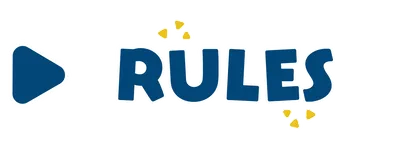Game Jam
The main goal of a game jam is to create a fully functional game within a limited timeframe. Jam’s theme is only revealed, the day the jam starts. This is a great opportunity to showcase not only your programming skills, but also your art creating, audio/sound designing skills.
It’s also important to manage your time effectively during the jam by keeping your game’s scope realistic. A small, polished game is always better than submitting an ambitious, unfinished project.
The competition emphasizes time management, rapid development, creative thinking, and effective teamwork under pressure.
- In this competition, participants are required to make a game under a theme in the duration of one week.
- The theme will be revealed on the 22nd of August, the day that the competition begins.
- The competition will be held from 22nd \– 28th of August 2025 and hosted on the platform itch.io where participants will submit their games.
- Further submission and technical details will be shared through the WhatsApp group that will be created after registration
- You can either participate as a team of max 3, or individually.

- Use of AI tools to generate assets, design the game or write code is heavily discouraged and may result in disqualification
- 3rd Party Assets must be properly credited, scroll down for more information on this.
- Ideally, there won’t be a grace period for submissions. Everyone must submit their game before the deadline. We suggest creating the itch page early and submit the game at least one hour before the deadline.
- Attempts at distributing malware will result in an immediate disqualification.
- Keep submissions family-friendly and avoid NSFW content.
- Feel free to distribute your game after the jam with/without a profit incentive.
Submitting the project
Submit your game to our itch.io page here.
Judging Criteria
Here are the judging points to guide you in making your game well-rounded
- Creativity: How original and innovative your game concept and mechanics are.
- Enjoyment: The appeal of the core gameplay.
- Art/Visuals: How attractive and consistent the art style is.
- Audio/SFX: This includes music, sound effects, etc.
- Theme: How effectively your game incorporates and interprets the theme.
Tools
Here are some of our recommendations for software. Feel free to use them or any other software you know!
1. Game Development
-
Engines (These are the best and the easiest for most people)
- Godot (open source. the best for beginners)
- Unity* (professional but easy to learn)
- Unreal Engine* (the industry standard, hard to pick up)
- Gamemaker* (for visual coding)
-
Libraries (These engines don’t come with a UI to help arrange your game objects.)
-
Render API (This is as bare-bone as it gets for computer graphics! For advanced developers that like a challenge. We’ll literally give you +1 point)
* : These engines have commercializing restrictions for their free versions
2. Art Assets
- Bitmap Art
- Vector Art
- Inkscape (FOSS)
- Adobe Illustrator (Paid)
- Pixel Art
* : Aseprite is a paid software but is free to use if you compile it yourself!
3. Audio
4. Modelling (for 3D games)
3rd Party Assets
In a game jam, it’s difficult to create all your assets yourself, and that’s okay! Here are some sites that provide assets for games.
Make sure you follow the provider’s guidelines regarding attribution, distribution, and editing. Clearly list all third-party assets used in your game within the game’s description.
Here are some good asset websites: